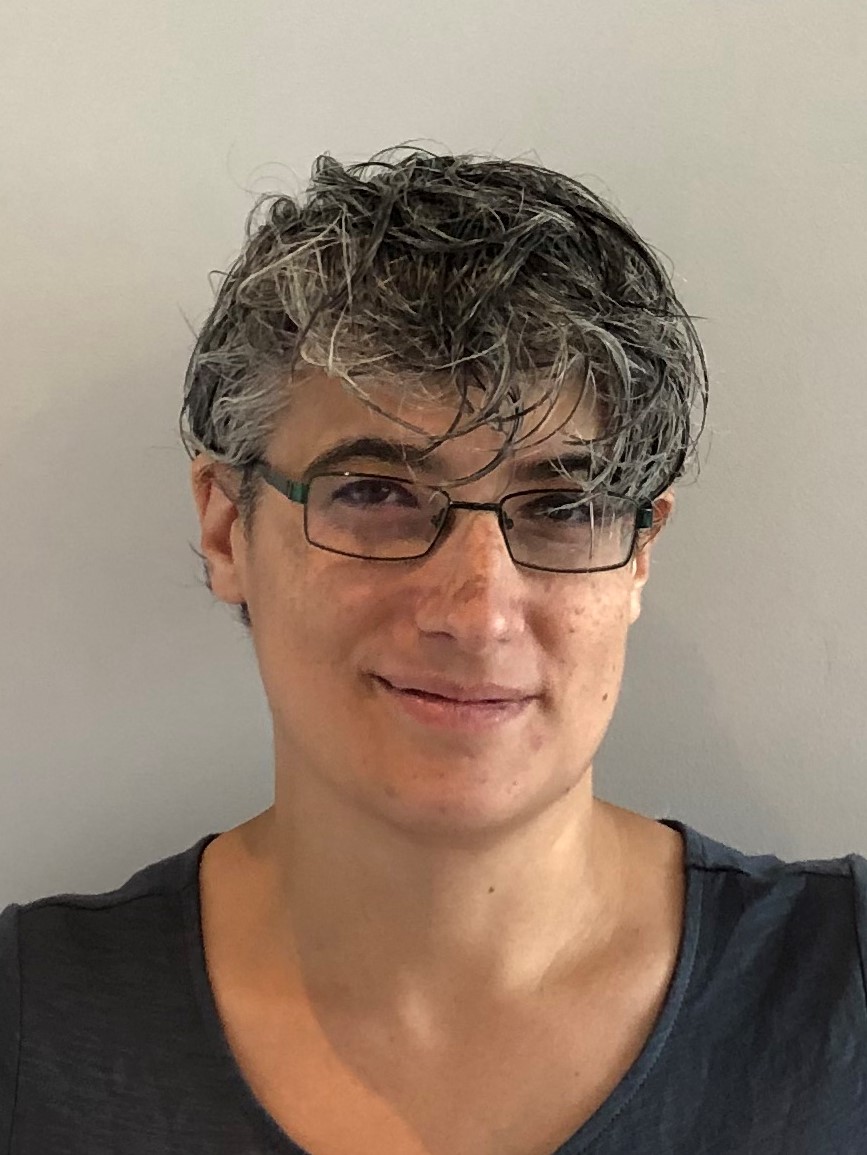
Immediately following the September 11, 2001, attacks, officials and citizens alike worried that another attack was imminent. The police and the FBI made sweeping arrests, resulting in thousands of unsubstantiated accusations, detentions, prosecutions, and deportations. Yet, time and again, allegations about dangerous terrorists among us fell short of initial accusations.The Department of Justice repeatedly publicized arrests it considered to be related to terrorism, only to have to change charges later and/or acknowledge publicly that the case had no terrorism connection. Disappointingly, in the first two years of indictments after the 9/11 attacks, only 8 percent of those initially alleged to be associated with terrorism were eventually charged as such, and only 38 percent were convicted under terrorism statutes.
The 38 percent conviction rate in the first two years after 9/11 has risen to 88 percent as of 2008, and the label of terrorism has been more accurately and carefully used.
Now, on the eighth anniversary of 9/11, comes Najibullah Zazi, the Afghan-born permanent U.S. resident who was formally charged in the Eastern District of New York Tuesday with conspiracy to use weapons of mass destruction (Zazi pleaded not guilty). Seemingly within minutes of his arrest, experts and commentators began proclaiming the seriousness of his plot, suggesting that this was the case we had been warned of all along. Given the poor track record on allegations of terrorism, the tendency to sigh with cynicism is all too tempting: “Not another Liberty City 7!” Yet, whatever happens going forward in the Zazi case, it will be hard to discredit the initial arrest and allegation.
Here’s why. Buried inside the 828 indictments levied in the name of counterterrorism since 9/11, there has been a consistent focus on three serious indicators of danger: training in a terrorist camp, association with al Qaeda, and intent and ability to use weapons of mass destruction. On each of these separate counts, the record of terrorism trials shows few actual indictments. While training in a terrorist camp was made a crime by legislative statute in 2004, that statute has been used in only two cases. And authorities have accused suspects of an affiliation with al Qaeda in only 10 percent of their cases. But by far the charge that is the most telling is that of conspiracy to use weapons of mass destruction. Less than 4 percent of terrorism cases in the past have involved the weapons of mass destruction statute. Moreover, in some cases—such as Fort Dix—allegations of conspiracy to use WMDs have been plagued with assertions that the defendants had neither the know-how nor the sophistication to actually carry out their intentions. They were, rather, deemed bumblers and wannabes. Not so for Zazi, we are told. He is accused of actually having the training and the knowledge to build and use these devices.
It is worth noting that the Justice Department has seldom brought formal charges on these grounds; they’ve been leveled in the aggregate in only four cases that have been tried in the United States. Those four involve names that are well-known—among them Zacarias Moussaoui, the so-called 20th hijacker on 9/11, and Mohammed Mansour Jabarah, convicted of participation in a 2001 bombing plot aimed at the U.S. Embassy in Singapore.
Although he received his training elsewhere, Zazi falls into the category of home-grown terrorist. His father, initially accused as well (but later ordered released by a federal magistrate), is a naturalized American citizen. Zazi himself is a permanent resident. Thus, he resembles the characterization of those in the London bombings—homegrown terrorists who learned their trade via training camps in Pakistan. Secondly, and contrary to the record of terrorists in the United States so far, his targets were reportedly American.
And yet, while the factors supporting indicting this particular suspected terrorist may in fact be strong, the lessons to take from this case are not about fear, but about security. In the wake of this arrest, Americans should take a lesson about their law-enforcement agencies. The mass arrests that followed 9/11, like the rounding up of suspects for Guantanamo, chose quantity of arrest over quality of information and knowledge. A nation caught off-guard and in relative ignorance about the enemy reacted with force rather than clarity of vision. With Zazi, a more precise, refined and confident law-enforcement effort seems be in evidence.
Accordingly, the arrest, however serious the indictment, was not accompanied by the kind of bombast that accompanied so many earlier indictments that fizzled out (among them the Detroit case where the apparent pressure of the Justice Department to bring cases resulted in the prosecutor failing to turn over exculpatory evidence and being prosecuted himself for his questionable behavior; this eventually resulted in the utter failure of the case and persistent questions as to whether the charges had ever had any merit). Investigators had been surveilling Zazi for quite some time. And in the Illinois and Texas terrorism arrests that also occurred last week, monitoring the Internet and long-term surveillance proved successful. In other words, law enforcement’s ability to separate out the wheat from the chaff and respond accordingly seems to have improved in recent years. The statistics bear this out. The 38 percent conviction rate has risen to 88 percent as of 2008, and the label of terrorism has been more accurately and carefully used.
Zazi may be the most serious terrorist we have seen in years. But it’s important to remember that he’s up against a more patient and focused law enforcement effort in this case. Perhaps Americans can start to place some trust in their institutions, rather than in their fears.
Karen J. Greenberg is the executive director of the Center on Law and Security. She is a frequent writer, commentator, and lecturer on terrorism, the U.S. courts and the war on terror, global counterterrorism, and detainee issues.






